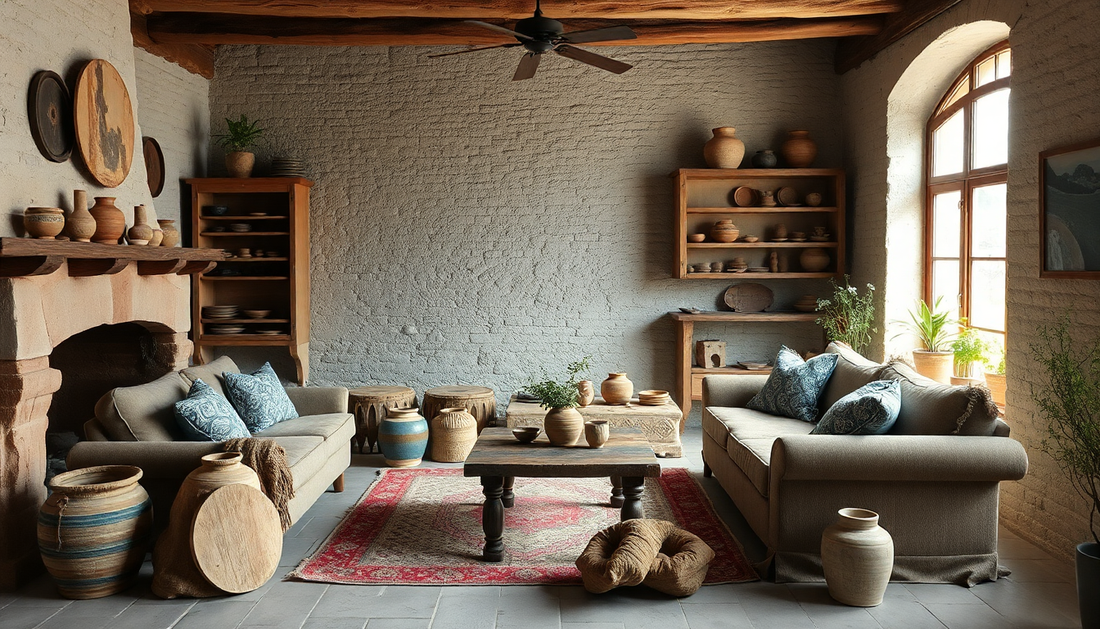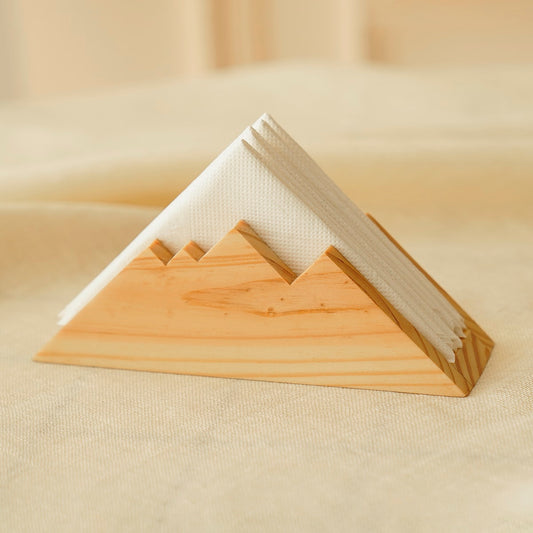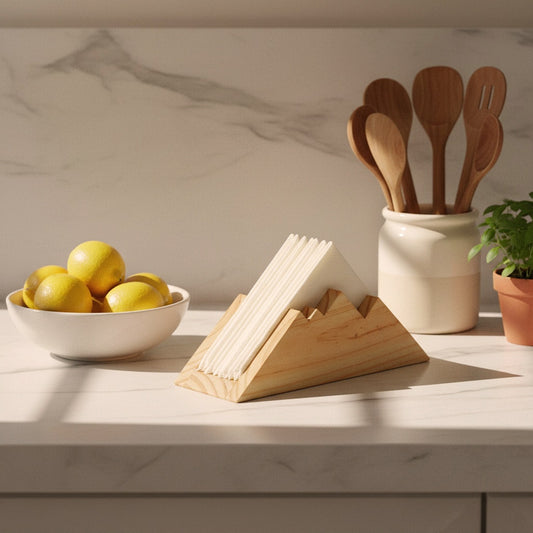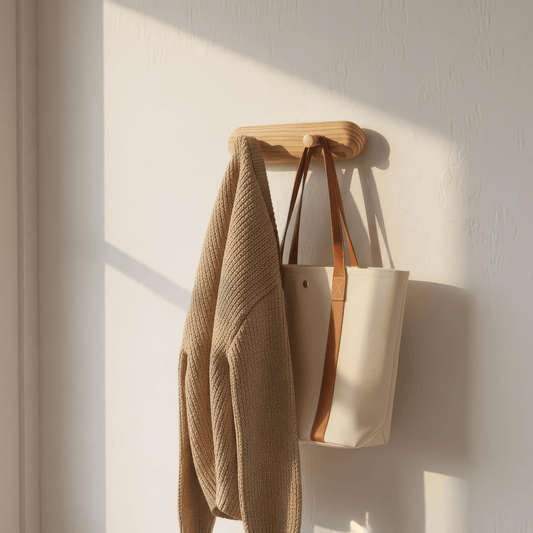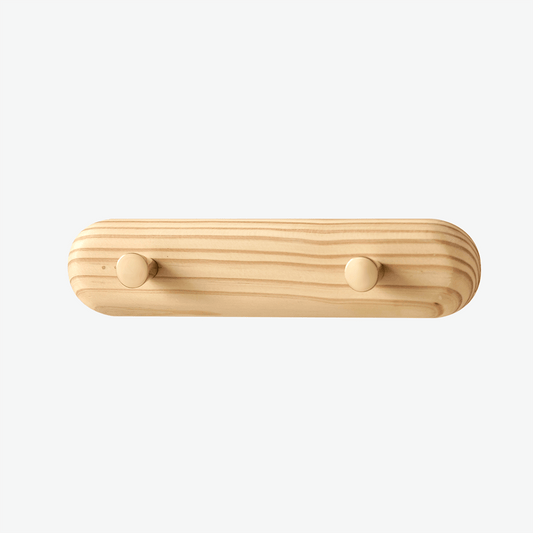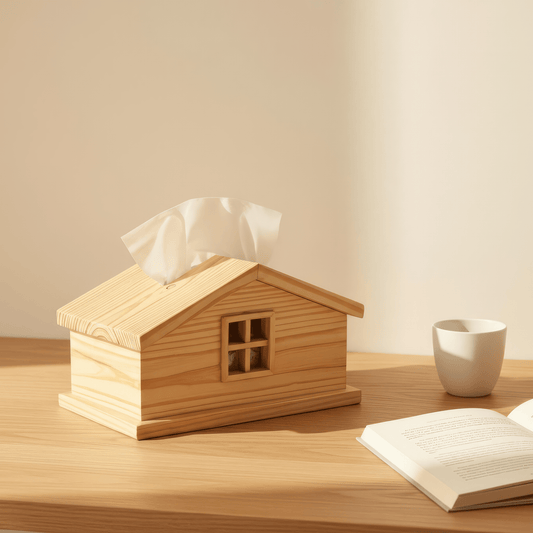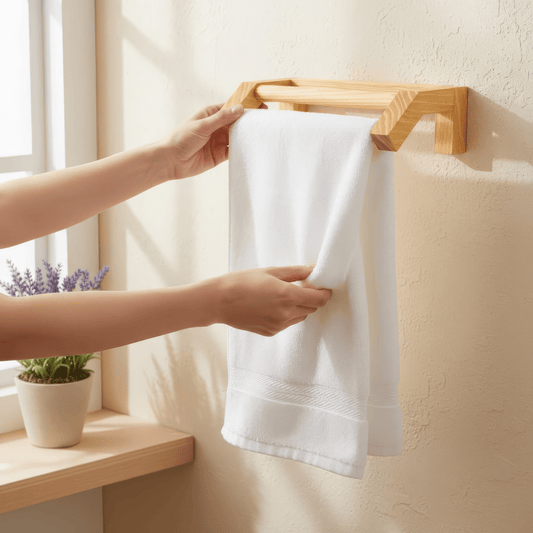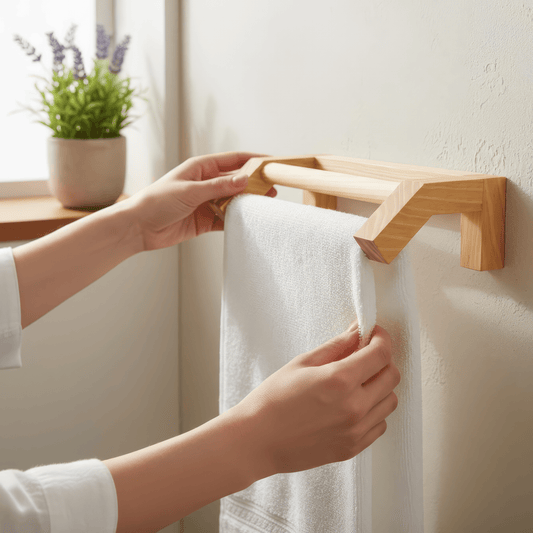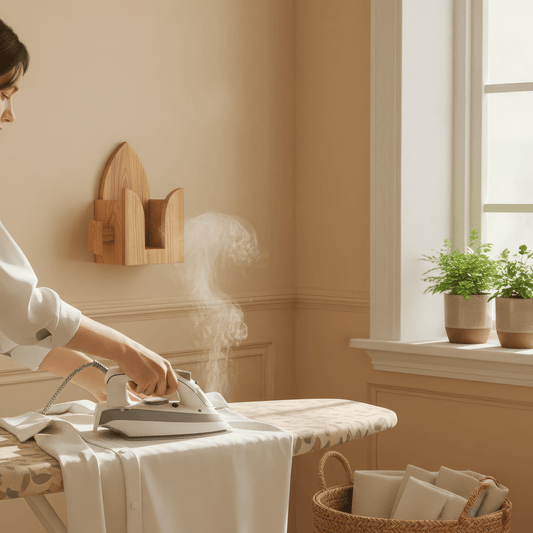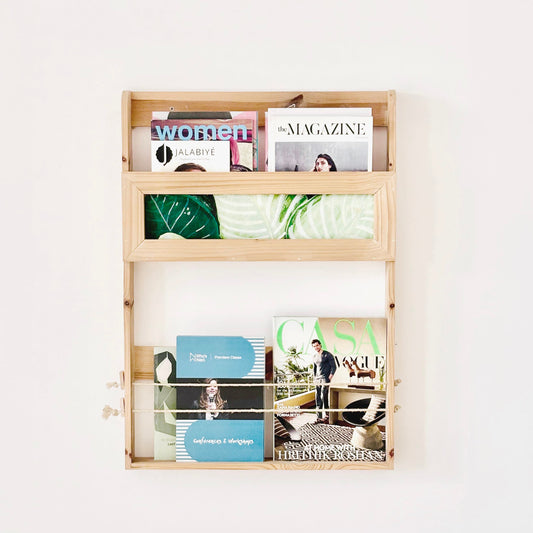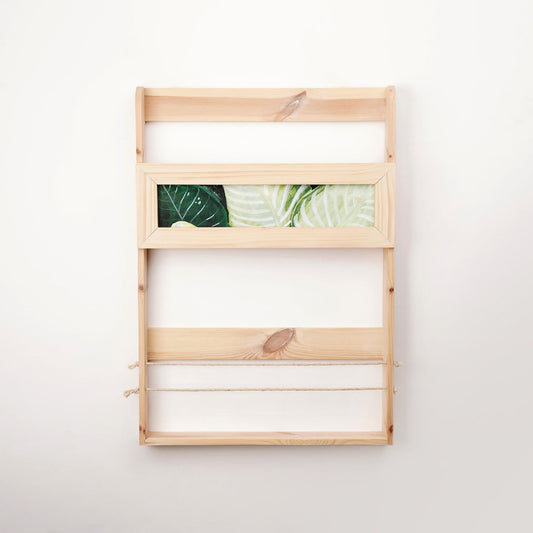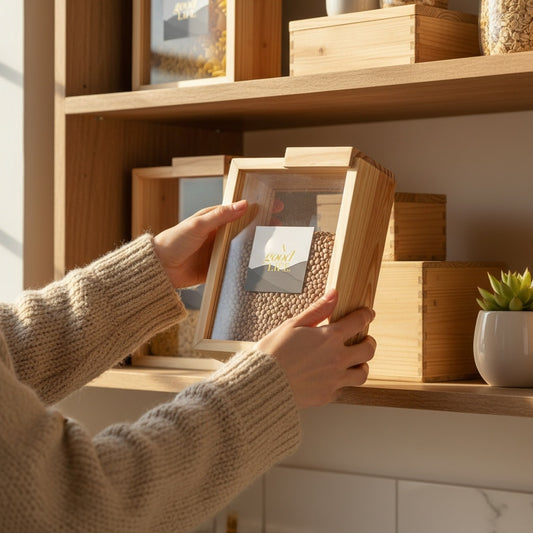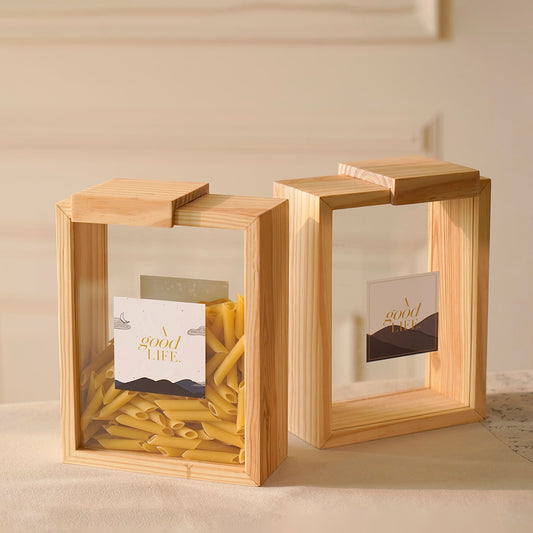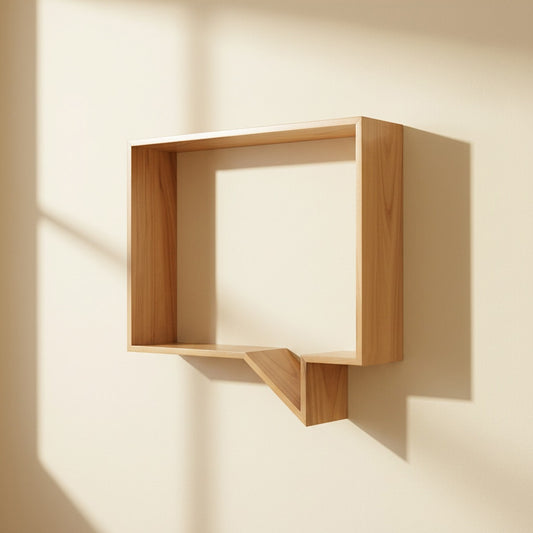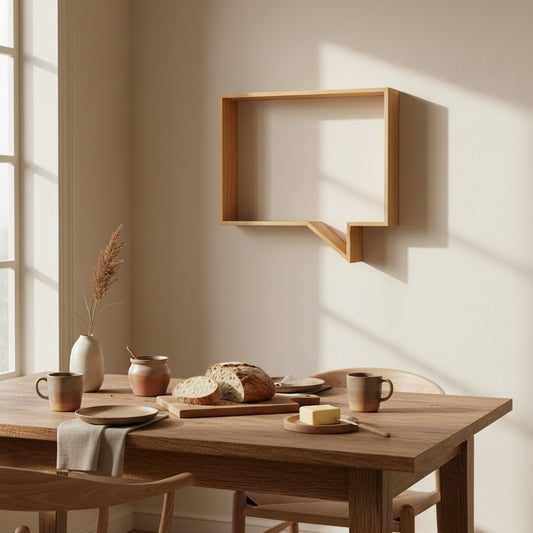In a world obsessed with perfection and Instagram-worthy interiors, the Japanese philosophy of wabi-sabi offers a refreshing alternative that celebrates the beauty found in imperfection, impermanence, and incompleteness. When integrated with Scandinavian design principles, wabi-sabi creates living spaces that feel authentic, lived-in, and deeply comforting. This approach to home design teaches us to find beauty in the weathered, the asymmetrical, and the naturally aged.
Understanding Wabi-Sabi Philosophy
The Essence of Imperfect Beauty
Wabi-sabi finds its roots in Japanese tea ceremony traditions and Buddhist philosophy, where the appreciation of transience and imperfection leads to a deeper understanding of beauty. In home design, this translates to spaces that tell stories, show the passage of time, and celebrate the natural aging process of materials and objects.
Core Wabi-Sabi Principles
Impermanence Acceptance: Recognizing that all things change and age over time Imperfection Celebration: Finding beauty in asymmetry, irregularity, and natural variations Incompleteness Appreciation: Leaving room for growth, change, and personal expression Natural Aging Honor: Allowing materials to develop patina and character through use
Wabi-Sabi in Japandi Design Integration
Balancing Philosophies
The marriage of wabi-sabi with Scandinavian hygge creates spaces that are both imperfectly beautiful and functionally comfortable. This combination allows for the celebration of natural aging while maintaining the warmth and livability that makes Scandinavian design so appealing.
Shared Values
Natural Material Reverence: Both traditions celebrate authentic, organic materials Craftsmanship Appreciation: Honoring the human touch in creation and construction Simplicity Focus: Preferring essential elements over decorative excess Time Acceptance: Allowing spaces to evolve and develop character naturally
Material Selection for Wabi-Sabi Aesthetics
Weathered Wood Elements
Reclaimed Timber: Wood that carries history and character from previous uses Natural Aging: Allowing wood to gray, crack, and develop patina over time Visible Grain: Celebrating the natural patterns and variations in timber Honest Construction: Showing joinery and construction methods as part of the beauty
The Solid Pine Wood Nightstand - SOMA at ₹34,500 embodies wabi-sabi principles through its solid pine construction that will naturally age and develop character over time, with grain patterns and natural variations that make each piece unique and beautiful in its imperfection.
Stone and Clay Elements
Natural Stone Variations: Embracing color differences and natural imperfections Handmade Ceramics:Pottery that shows the maker's touch and slight irregularities Aged Surfaces: Materials that develop patina and character through use Organic Shapes: Forms that reflect natural rather than manufactured perfection
Textile Authenticity
Linen Wrinkles: Accepting and celebrating the natural creasing of linen fabrics Wool Variations: Embracing color and texture differences in natural wool Faded Colors: Allowing textiles to soften and fade naturally over time Mended Beauty: Visible repairs that become part of the textile's story
Color Palettes for Wabi-Sabi Spaces
Muted Natural Tones
Weathered Whites: Off-whites that suggest age and natural wear Soft Grays: Colors that reflect stone, driftwood, and natural aging Earthy Browns: Hues that connect to soil, bark, and natural decay Faded Greens: Soft colors that suggest moss, lichen, and natural growth
Embracing Color Variation
Uneven Application: Paint and finishes that show brush marks and natural variation Fading Acceptance:Colors that change and soften over time Natural Staining: Allowing materials to develop color changes through use Patina Development: Encouraging the natural aging process of surfaces
Room-by-Room Wabi-Sabi Applications
Living Room Authenticity
Worn Furniture: Seating that shows comfortable use and natural wear Asymmetrical Arrangements:Furniture placement that feels organic rather than formal Natural Aging Display: Objects that show the passage of time beautifully Imperfect Symmetry: Balance that feels natural rather than mathematically precise
Bedroom Serenity
Unmade Bed Beauty: Accepting the natural dishevelment of daily life Weathered Nightstands: Bedside furniture that shows character and age Textile Softness: Bedding that becomes more beautiful with washing and use Natural Light Play: Allowing changing light to create different moods throughout the day
The Minimalist Magazine Rack at ₹20,500 demonstrates wabi-sabi aesthetics through its simple form that will develop character over time, with natural pine wood that will age beautifully and show the gentle wear of daily use.
Kitchen Imperfection
Worn Work Surfaces: Countertops that show the marks of food preparation Handmade Pottery: Dishes and serving pieces that celebrate maker imperfections Natural Aging: Allowing wood cutting boards and utensils to develop patina Organic Arrangements: Dish displays that feel natural rather than styled
Bathroom Tranquility
Water Stain Acceptance: Natural mineral deposits that become part of the beauty Weathered Wood Elements: Bathroom furniture that ages gracefully in humid conditions Natural Textile Wear: Towels and bath linens that become softer with use Stone Patina: Natural stone that develops character through water exposure
Lighting for Wabi-Sabi Atmospheres
Natural Light Celebration
Changing Shadows: Allowing natural light patterns to shift throughout the day Seasonal Variation:Embracing how light changes with seasons and weather Imperfect Illumination: Natural light that creates uneven, organic lighting Time Passage Visibility: Light that reveals how spaces change over time
Artificial Lighting Philosophy
Warm Color Temperatures: Bulbs that mimic candlelight and firelight Uneven Distribution: Lighting that creates pools of light and shadow Natural Material Fixtures: Lamps and fixtures made from organic materials Aging Acceptance: Allowing light fixtures to develop patina and character
Embracing Natural Aging Processes
Wood Aging Appreciation
Grain Enhancement: How time brings out natural wood patterns Color Development: Allowing wood to darken or lighten naturally Crack Acceptance: Viewing natural wood movement as part of its beauty Patina Development: Encouraging the natural aging of wood surfaces
Metal Patina Celebration
Brass Tarnishing: Allowing brass to develop natural patina over time Copper Oxidation: Celebrating the green patina that develops on copper Iron Rust: Controlled rusting that adds character to iron elements Silver Tarnish: Natural darkening that adds depth to silver accents
Plant Integration in Wabi-Sabi Design
Imperfect Plant Beauty
Natural Growth Patterns: Allowing plants to grow in their natural forms Seasonal Changes: Embracing how plants change throughout the year Aging Acceptance: Appreciating plants as they mature and change Imperfect Containers: Using weathered, handmade, or naturally aged planters
Garden Philosophy Indoors
Wild Growth: Allowing some plants to grow freely without excessive pruning Natural Arrangements: Plant groupings that feel organic rather than designed Seasonal Rotation: Changing plant displays to reflect natural cycles Death and Renewal: Accepting plant life cycles as part of natural beauty
Maintenance Philosophy for Wabi-Sabi Spaces
Gentle Care Approach
Minimal Intervention: Cleaning and maintaining without erasing character Natural Product Use: Cleaning solutions that don't strip natural patina Wear Acceptance: Understanding that use adds to rather than detracts from beauty Repair Integration: Making repairs part of the object's continuing story
Preservation Balance
Character Protection: Maintaining structural integrity while preserving aging Selective Restoration:Choosing what to restore and what to leave naturally aged Documentation: Recording the stories and history of aging objects Future Planning: Understanding how spaces will continue to evolve
Creating Wabi-Sabi Atmospheres
Asymmetrical Arrangements
Natural Balance: Arrangements that feel right rather than mathematically perfect Organic Groupings:Object placement that suggests natural rather than designed order Imperfect Spacing: Distances between objects that feel comfortable rather than measured Seasonal Flexibility: Arrangements that can change naturally over time
Storytelling Through Objects
Personal History: Items that carry meaning and memory Cultural Connection: Objects that reflect heritage and tradition Natural Evolution: Allowing collections to grow and change organically Imperfection Celebration: Choosing objects that show character and age
Budget Approaches to Wabi-Sabi Design
Value in Imperfection
Vintage and Antique Sources: Finding beauty in pre-owned items with character Natural Aging Patience:Allowing new items to develop character over time DIY Aging Techniques: Gentle methods to encourage natural aging processes Repair and Restoration: Learning to maintain and enhance rather than replace
Investment Philosophy
Quality Foundation: Choosing well-made items that will age beautifully Natural Material Priority: Investing in authentic materials that develop patina Craftsperson Support: Buying from makers who understand wabi-sabi principles Long-Term Thinking: Choosing items that will become more beautiful with age
Cultural Sensitivity and Authenticity
Respectful Application
Philosophy Understanding: Learning about the deeper meanings of wabi-sabi Cultural Context: Applying principles rather than copying specific cultural objects Authentic Integration: Using wabi-sabi concepts in personally meaningful ways Evolution Acceptance: Allowing your understanding and application to grow over time
Modern Interpretation
Contemporary Relevance: Applying ancient principles to modern living needs Personal Expression:Making wabi-sabi work for individual lifestyles Cultural Fusion: Respectfully combining with other design traditions Authentic Living: Using wabi-sabi to create genuinely comfortable homes
The Psychology of Imperfection
Stress Reduction Benefits
Perfection Pressure Relief: Spaces that don't require constant maintenance Authenticity Comfort:Environments that feel real and lived-in Time Acceptance: Learning to appreciate the passage of time Natural Rhythm: Living in harmony with natural cycles and changes
Emotional Well-Being
Character Appreciation: Finding beauty in uniqueness and variation Story Connection: Living with objects that carry meaning and history Present Moment: Focusing on current beauty rather than future perfection Acceptance Practice: Learning to embrace change and impermanence
Creating Your Wabi-Sabi Journey
Wabi-sabi aesthetics offer a profound shift from perfectionist design approaches, teaching us to find beauty in the natural aging process and the imperfections that make spaces feel authentic and alive. By embracing this philosophy within Japandi design, you create homes that become more beautiful over time, reflecting the natural rhythms of life and the passage of seasons.
The key to successful wabi-sabi integration lies in understanding that true beauty often emerges from imperfection, and that the most comfortable homes are those that show evidence of being lived in and loved. Whether you start by allowing one piece of furniture to age naturally or gradually transform your entire approach to home maintenance, wabi-sabi offers a pathway to creating spaces that feel both beautiful and deeply authentic.

